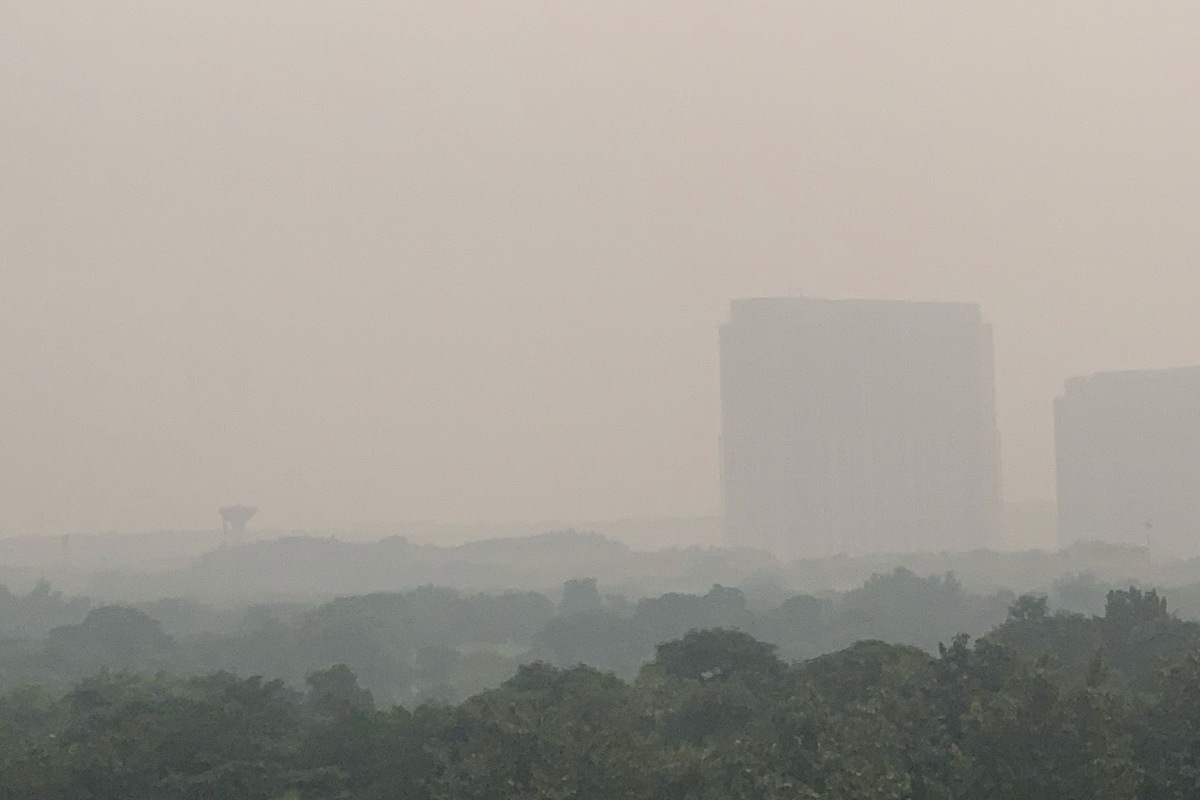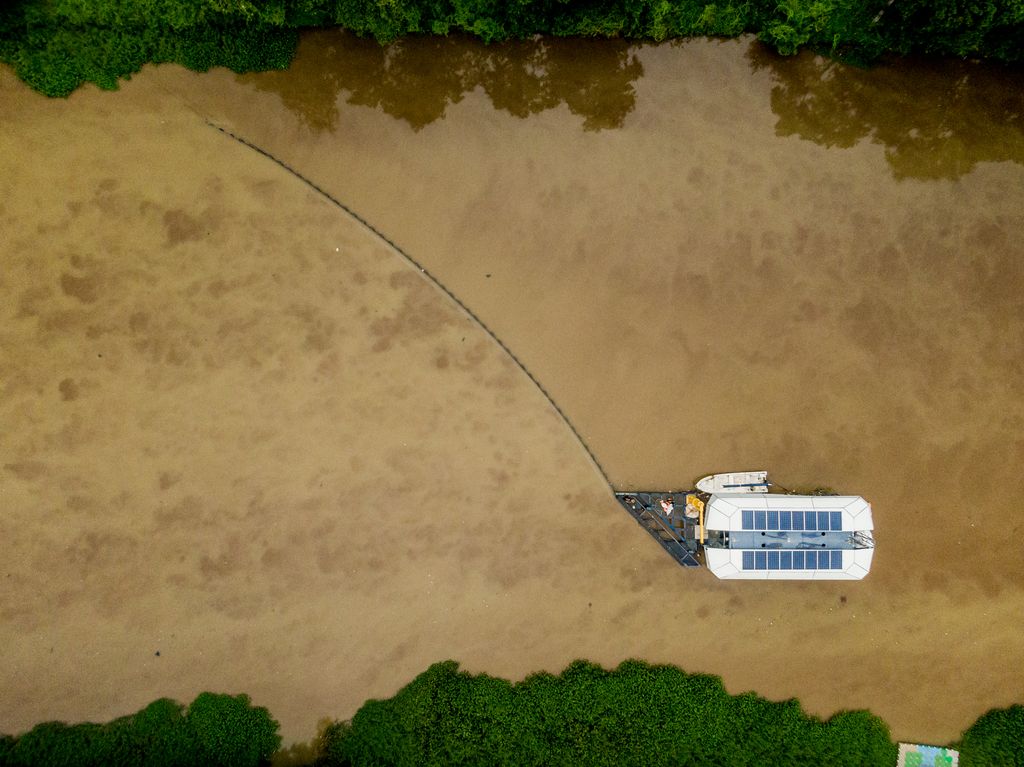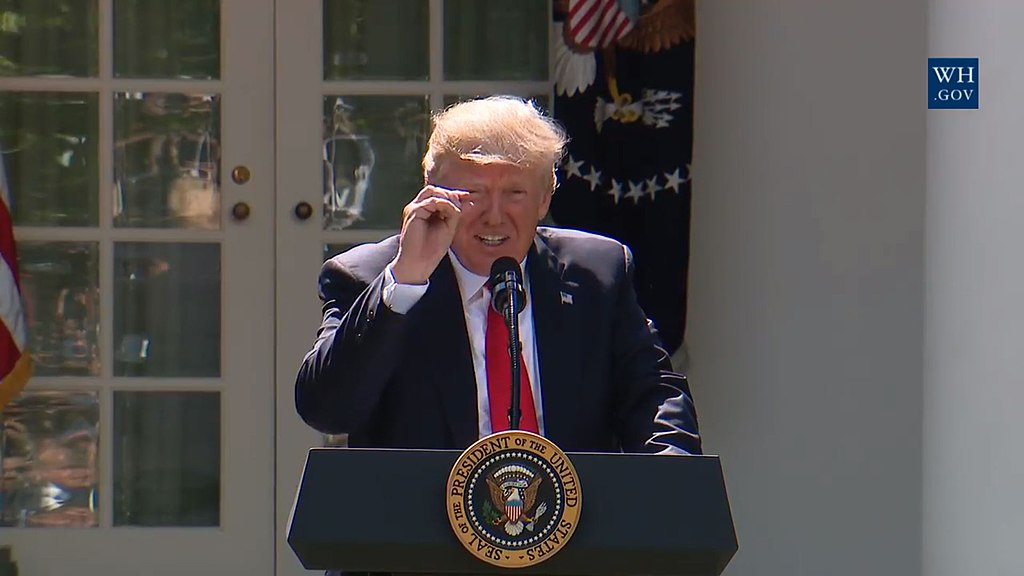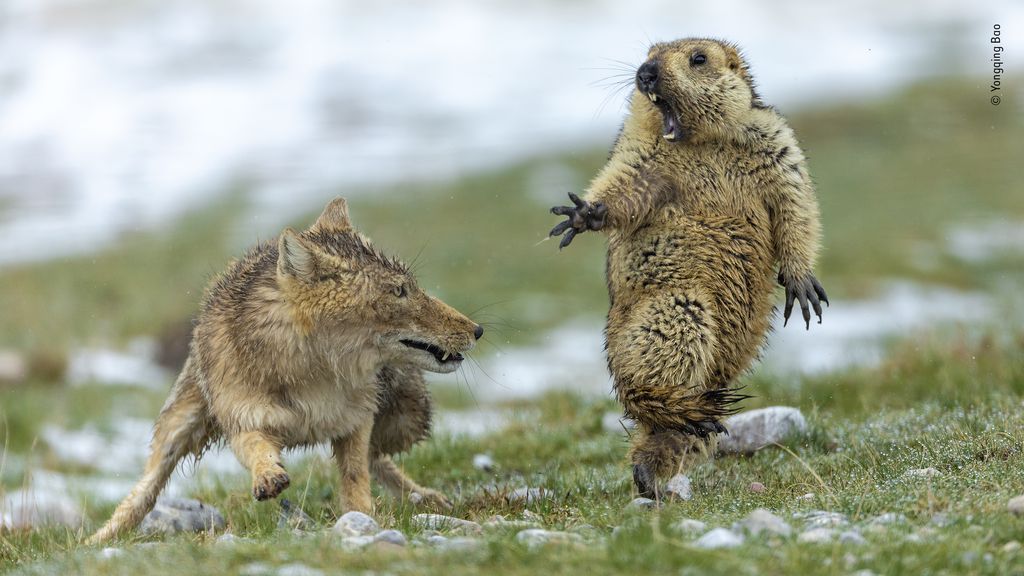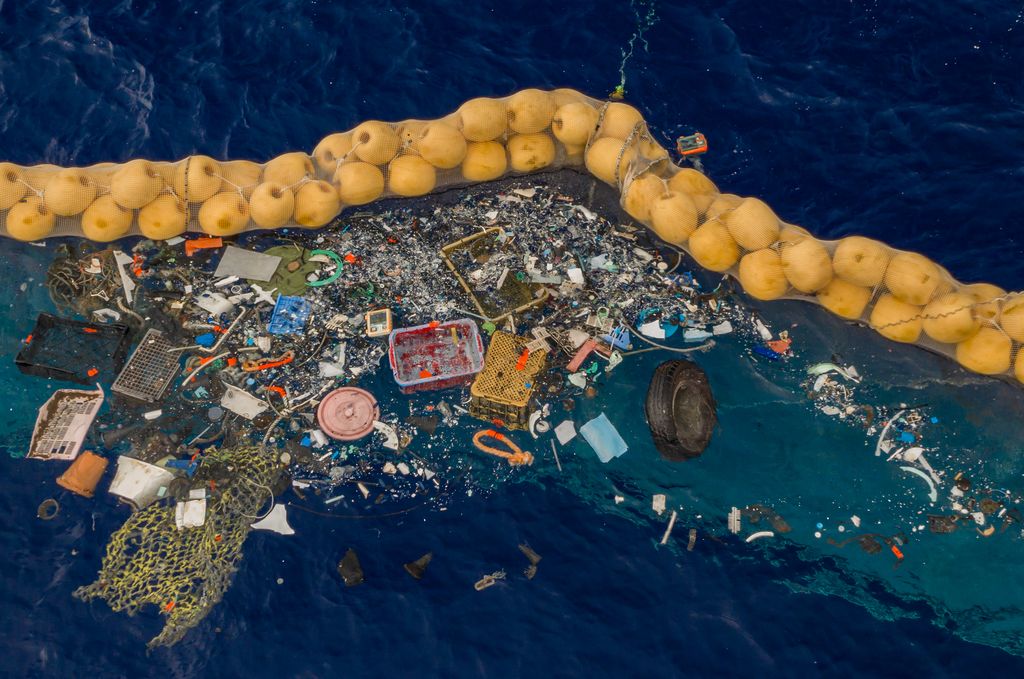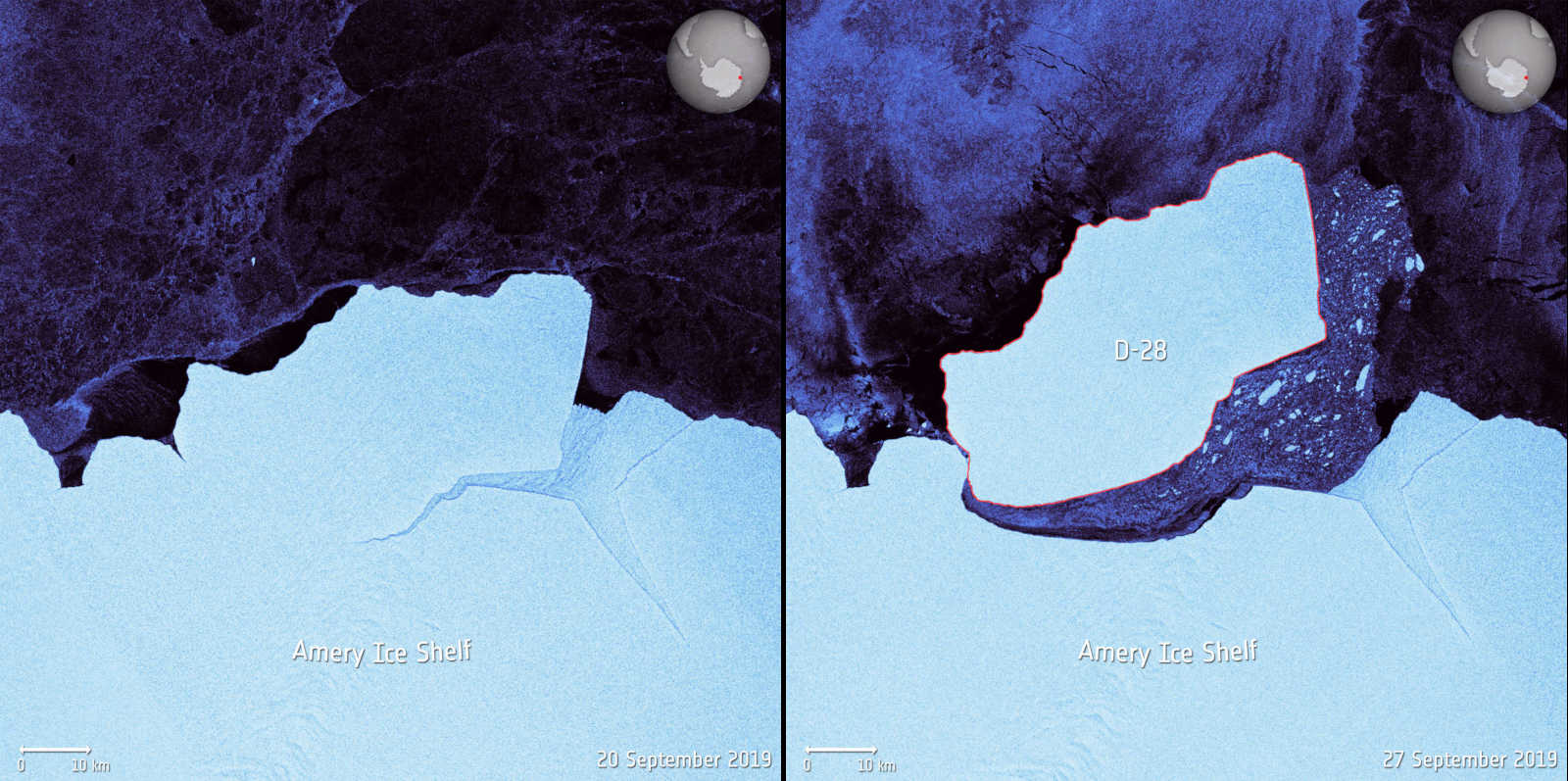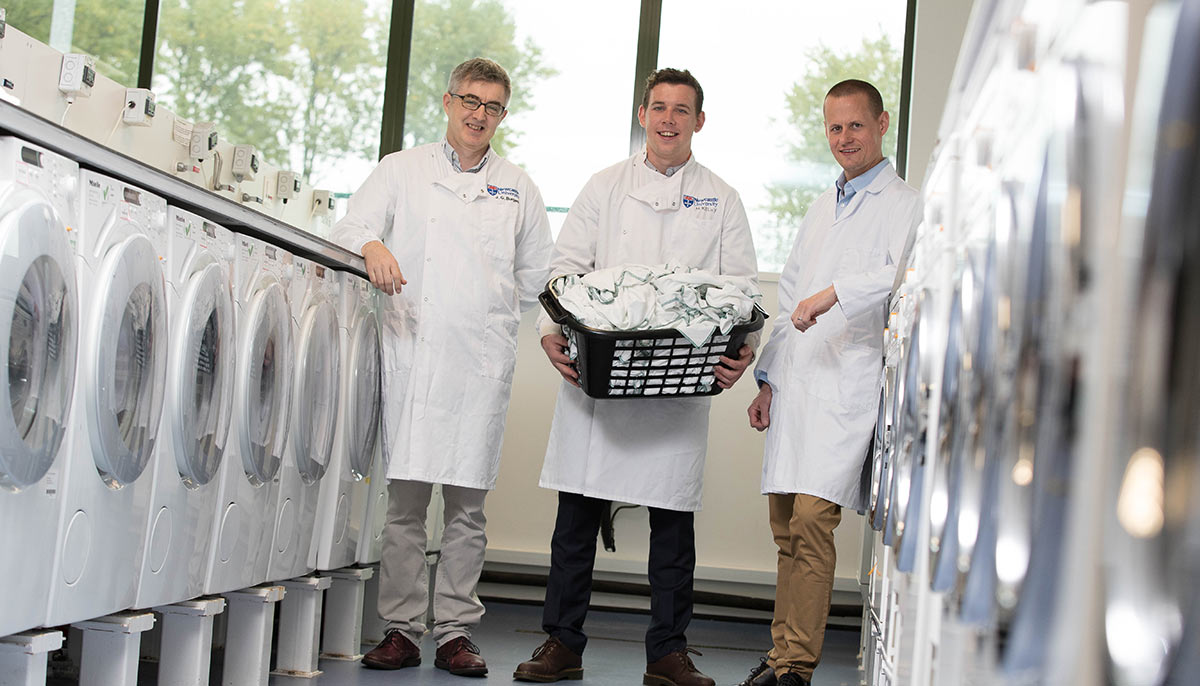Every year in the late fall, the air in Delhi, India becomes almost impossible to breathe. This year is the worst in three years and has caused the government to call a health emergency.
Published in “Environment”
The Ocean Cleanup, a group that is working to collect and remove plastic pollution from the ocean, recently revealed a new project - a special boat that removes plastic from rivers before it ever reaches the ocean.
In today's news roundup, a United Nations climate meeting gets moved from Chile to Spain, there are new world champions in baseball and rugby, and the UK decides to melt Brexit coins and make Wallace and Gromit coins.
At a time when governments around the world are working to cut pollution and take action on the climate crisis, US President Donald Trump seems to be pushing hard in the opposite direction.
In today's news roundup, California struggles to control wildfires in strong winds, Israel's Benny Gantz gets a chance to form a government after Prime Minister Benjamin Netanyahu fails, and a famous Danish lighthouse is rolled to a new spot.
The Natural History Museum in London holds a yearly contest for the Wildlife Photographer of the Year and Young Wildlife Photographer of the Year. Here are some of this year’s best pictures, and the stories behind them.
In today's news roundup, a California company cuts electricity to avoid wildfires, women in Iran watch their first soccer game in 40 years, and the paintings of a famous chimpanzee artist will be sold in December.
Over a year ago, a group called Ocean Cleanup began using a huge floating screen to try to clean up plastic pollution in the ocean. After several failures, the group is now collecting plastic.
On Monday and Tuesday, people took part in climate action protests in over 60 cities around the world. A group called Extinction Rebellion planned the protests to call attention to the climate crisis.
A massive iceberg split off from Antarctica last week. Though much ice is being lost in Antarctica because of climate change, this split in the ice is normal and not connected to the climate crisis.
Scientists say using the "Delicate" setting on washing machines releases far more microplastics from clothes than other washing machine settings. They encourage people to try to wash clothes with less water.

